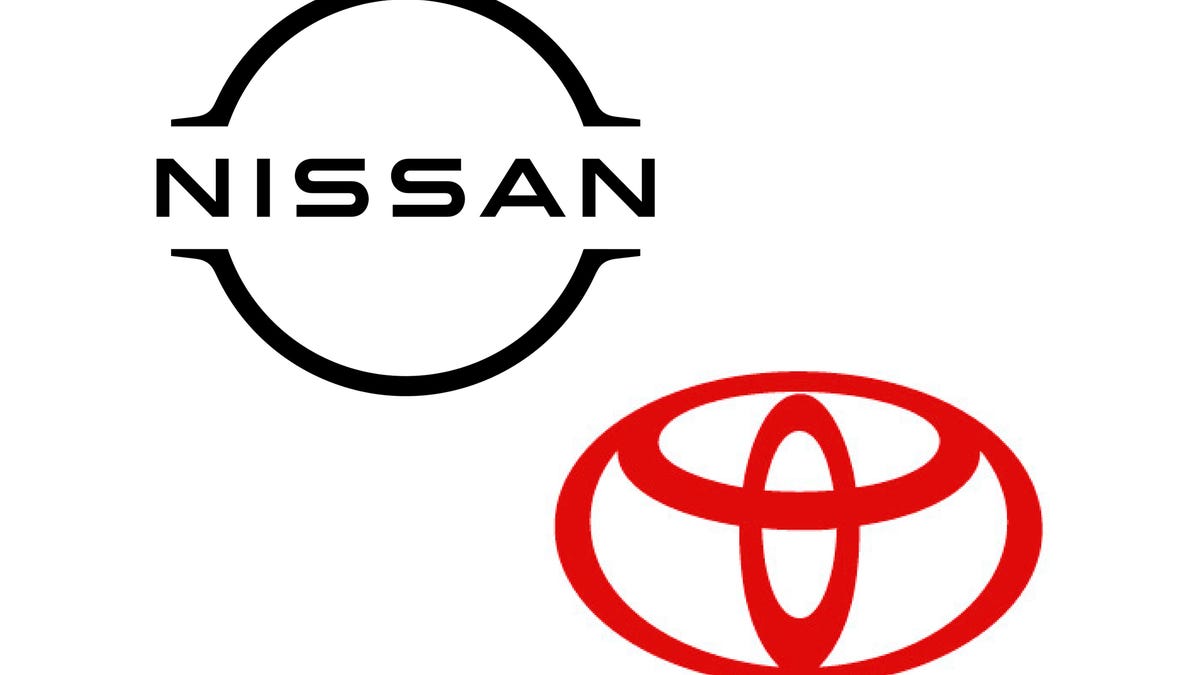Chip Shortage Hurting Toyota More Than Nissan, Report Says
The ongoing lack of semiconductors is harming the entire automotive industry, though its effects are not felt equally.
Semiconductors are a hot commodity these days, as we've reported on here at Roadshow. The global shortage of computer chips has caused all kinds of headaches in the automotive industry, something that's hurt certain companies more than others.
According to Automotive News Monday, Toyota in particular is struggling due to the shortage, while rival Nissan is performing better than expected, a surprising reversal of fortunes. Toyota, the world's largest automaker, is known for its rock-solid profitability, but the company downgraded its global sales and production outlooks following a 21% decline in operating profits in the last quarter. Toyota's global sales forecast for the current fiscal year ending on March 31 is expected to tumble to 8.25 million vehicles, a significant drop from its earlier estimate of 8.55 million.
Nissan, in comparison, traditionally lags behind Toyota in many metrics, though the company's operating profit doubled in the previous quarter thanks to better cost controls and pricing power, among other things. This strong performance has buoyed the automaker's projected earnings for the year. According to Nissan's latest financial report, year-over-year retail sales around the world declined slightly less than the industry average. Nissan's global net revenue per vehicle also increased by 13% in the third quarter of fiscal year 2021 compared with the same period in 2020.
Tight inventory levels across the car business have allowed Nissan to keep incentives low, improving profitability. Basically, the company has no trouble selling every vehicle it can build. But just like Toyota, Nissan expects to move fewer cars and trucks this fiscal year. The automaker currently projects it will deliver 3.8 million units, a significant reduction from its previous estimate of 4.4 million.
When asked about its increased profitability, a Nissan spokesperson said via email, "For the past two years, we have focused on our Nissan NEXT plan to transform operations that would lead to improved performance... We see consistent gains in market share and each month retail performance continues to be stable." The automaker predicts that production will increase slightly each month through the next quarter, "Although, we'll continue to have some reductions in a few core models. Availability [of the] Altima, Murano, Titan, Frontier, Kicks and Sentra should see positive gains," the spokesperson noted.
Beyond what was covered in the Automotive News story, Toyota declined to comment on production plans or projected profitability.
Whether it's Nissan or Toyota, or Subaru, Ford, Volkswagen or Hyundai for that matter, the global computer chip shortage is hurting automakers. From motorists to C-suite executives, this is bad news for just about everyone, though as Nissan's latest financials show, some have it slightly less bad than others.
Read more: Why the Heck Is There Still a Chip Shortage for Cars?
First published on Feb. 14.


